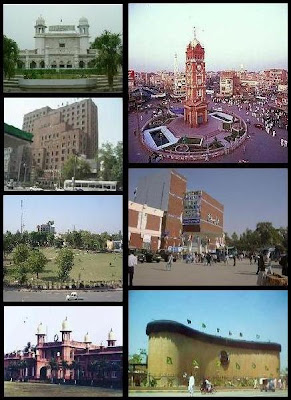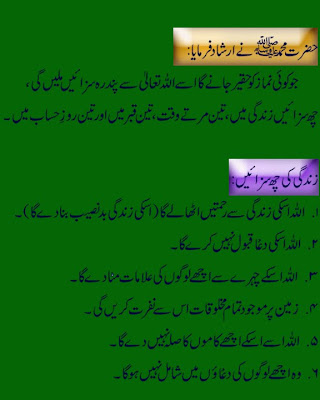On November 3, 2007, it was as if history was repeating in Pakistan. General Pervez Musharraf once again imposed emergency in Pakistan – suspended the constitution, dismissed the Pakistan Chief Justice, Iftikhar Chaudhury, along with seven other judges (this being the second time in his tenure as a President), ordered troops to seize the equipment of independent television stations and also ordered for some popular leaders’ house arrest! Sequence of events beginning March 9, 2007, (with the arrest of Iftikar Chaudhury, followed by Lal Masjid siege on July 10, 2007, Supreme Court reinstating Justice Chaudhury, challenging Musharraf’s power on July 20, 2007, Nawaz Sharif’s arrest at Islamabad airport, after his eight-year exile, killing of 139 people in Benazir Bhutto’s procession in Karachi), indicated that a state of emergency in Pakistan was on the cards.In fact, for more than half of the period, since Pakistan separated from India and became an independent state, it has been under perpetual political turmoil and military rule, and the worst sufferers had been the citizen, in general. More often than not, the military rules were imposed under the pretext that it would help in restoration of normalcy and control the anarchical structure of the country. It was the same thing that was said in 1999 when General Musharraf went for a military coup after toppling the Nawaz Sharif government. On account of lack of alternatives, the people of Pakistan were relatively happy with a military regime which ousted Nawaz Sharif’s feudal governance. Eight years down, for the people in Pakistan, nothing has changed. As if poverty and unemployment was not enough, it has been further complemented with relentless suicide attacks killing thousands. Post 9/11 General Musharraf and his coterie, in order to buy peace and save their own skin, had to turn against those elements that they nurtured for years, i.e. the jihadi elements, who were in no mood to relent and accept the government’s pro-American stance. The result was more and more of bloodshed. Be it Baluchistan, North West Frontier Province, Sindh or Karachi, everywhere the government troops have been at war with the homegrown jihadis. While this continued, fuel was added to the fire by sectarian violence, i.e. the bloodshed by the Shia and Sunni extremists. As per sources, almost 800 people have been killed in last three months, since the Lal Masjid episode, in July 2007.Not just in terms of bloodshed that people have been at the receiving end, Pakistan’s performance of socio-economic parameters has also been appalling. Nearly 40 million people live in abject poverty while female literacy in this feudal society is a mere 29% with around 1.2 million children languishing in the streets of Pakistani cities. Most of the farmers in Pakistan are landless peasants who work for the feudal landlords who own thousands of acres of land. Pakistan, in essence, has always been a country of feudal landlords. A few thousands of them, owing to their control on land and consequently on agriculture and on the economy, wield extensive power through which they literally control policies of the country. Abject poverty and indebtedness to these feudal landlords have often forced families to let their children join the jihadi groups. Many a time there have been instances when captured Pakistani terrorists in Kashmir pleaded to be killed so that their families get the compensation. In fact, the landlords of Pakistan are so powerful that they have been forcing the government to increase the procurement price of wheat, which has given rise to a major food inflation in Pakistan (despite record wheat production) that has been continuing for nearly the last three years. In addition to all this, the total debt of the country standing at above five thousand billion rupees, which is surely going to increase the burden on the common man as the government would either resort to printing more notes, leading to inflation, or increase the tax burden to pay off the debts.What Musharraf did might save his own skin, but from the point of view of the common Pakistani, life continues the same way - be it democracy or military rule. They would continue to live in fear of ethnic violence and acute poverty, resulting out of feudalism, would still continue to force them to let their sons join jihadi forces, and absence of modern education, blind orthodoxy would still make sure that honour killings continue to remain a norm than the exception. For President Musharraf, the state of emergency was imperative to restore normalcy (as he stated in his national address), but then for the people of Pakistan it has been a state of never-ending emergency for the past 60 years!












